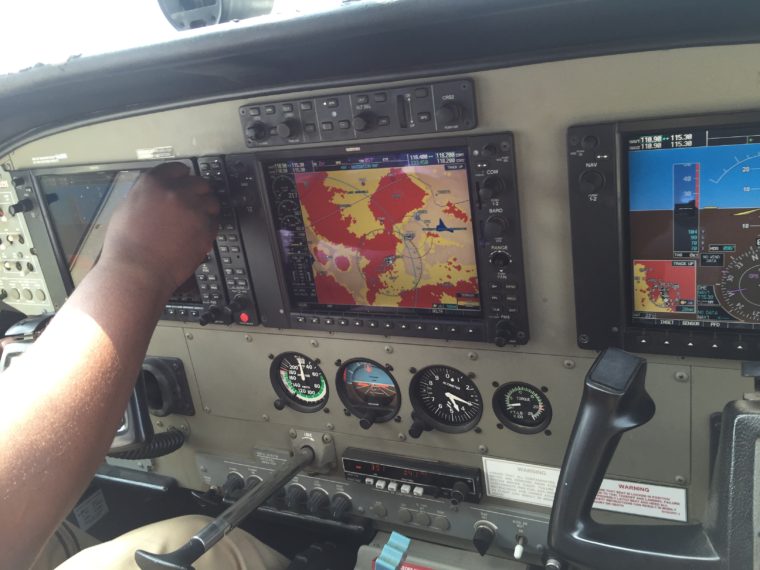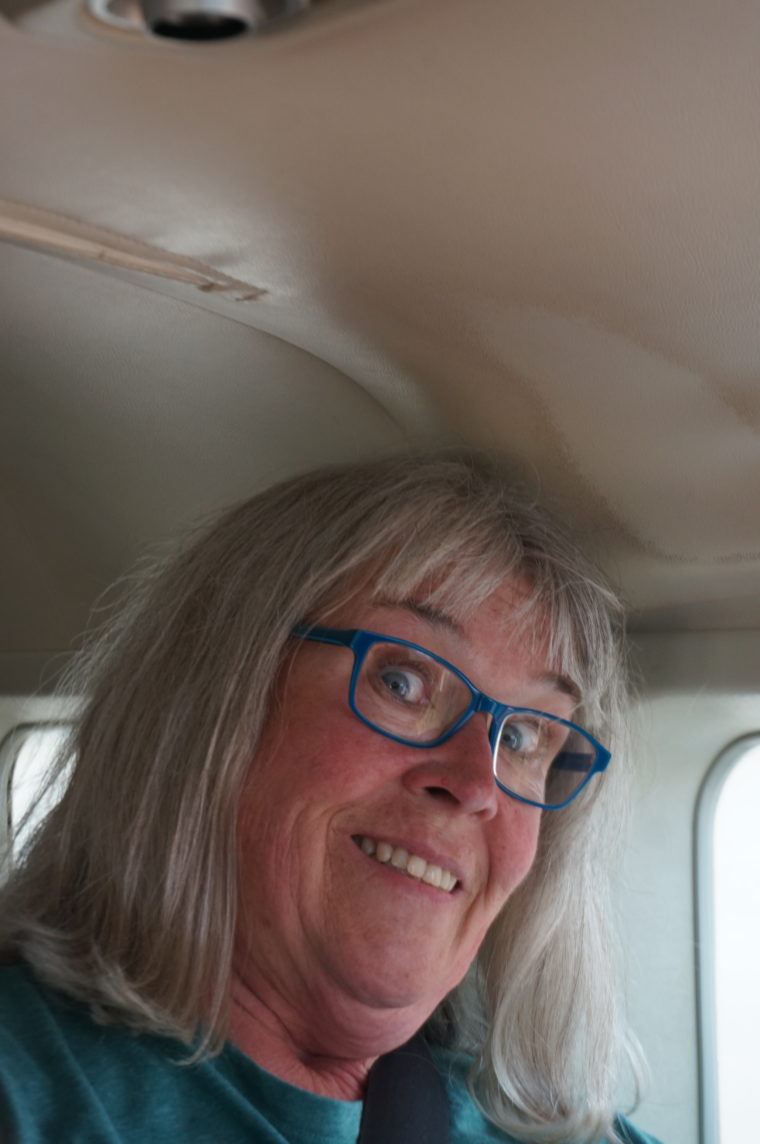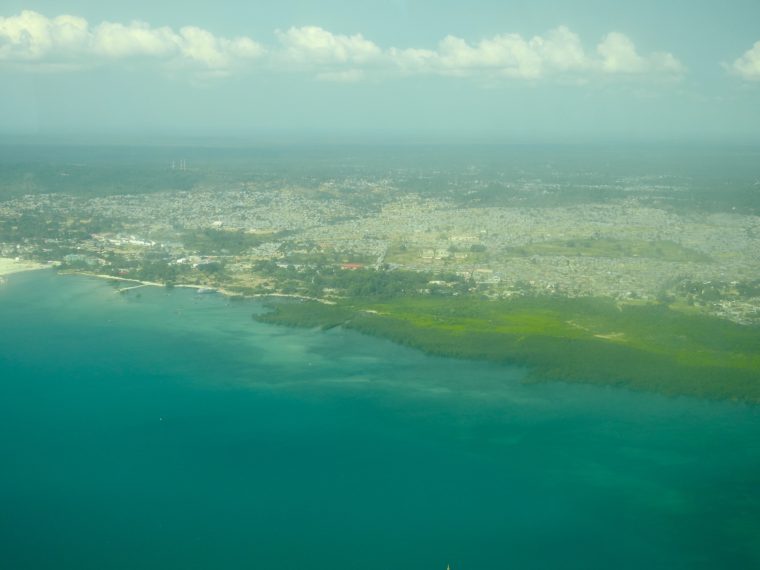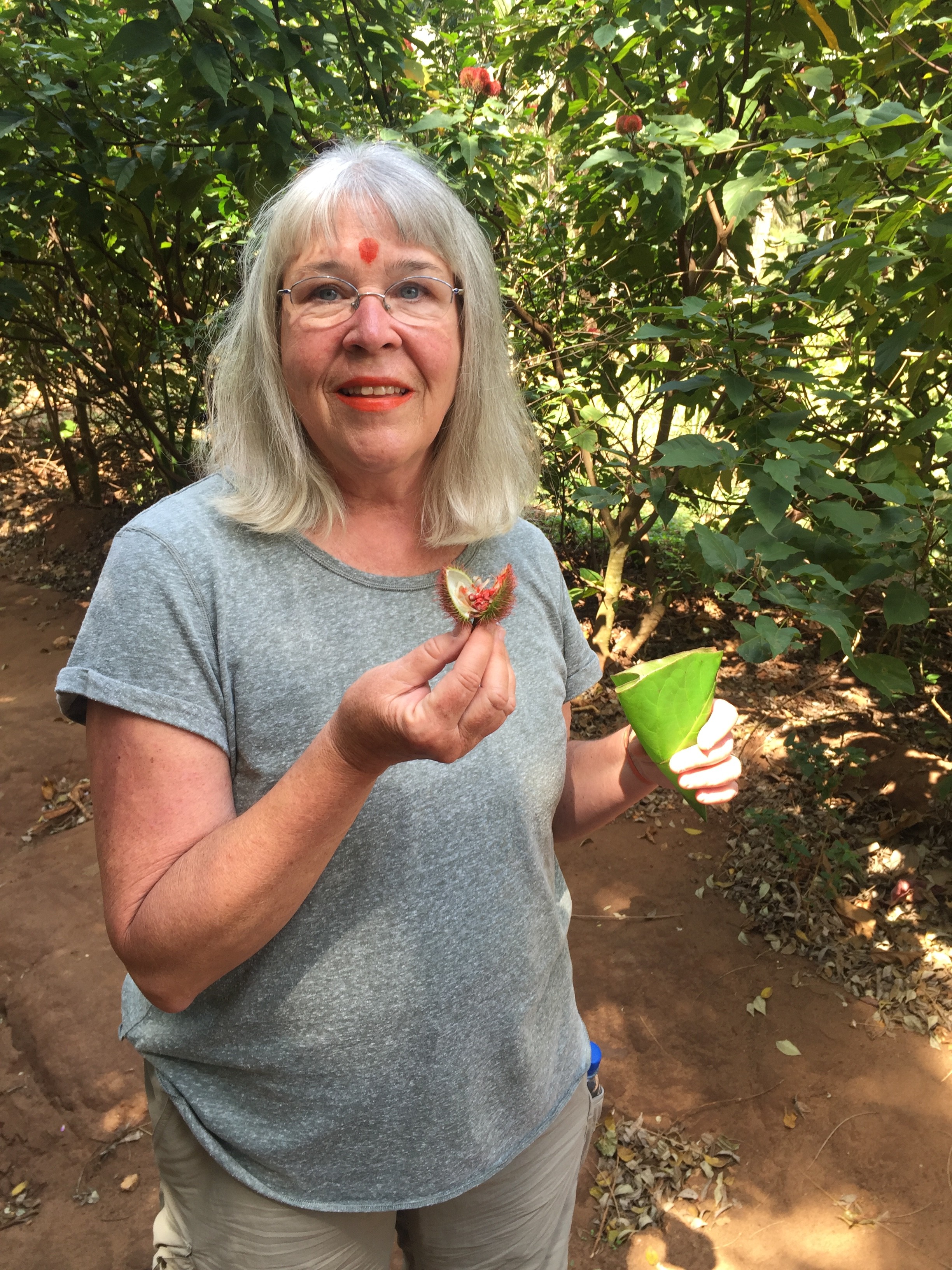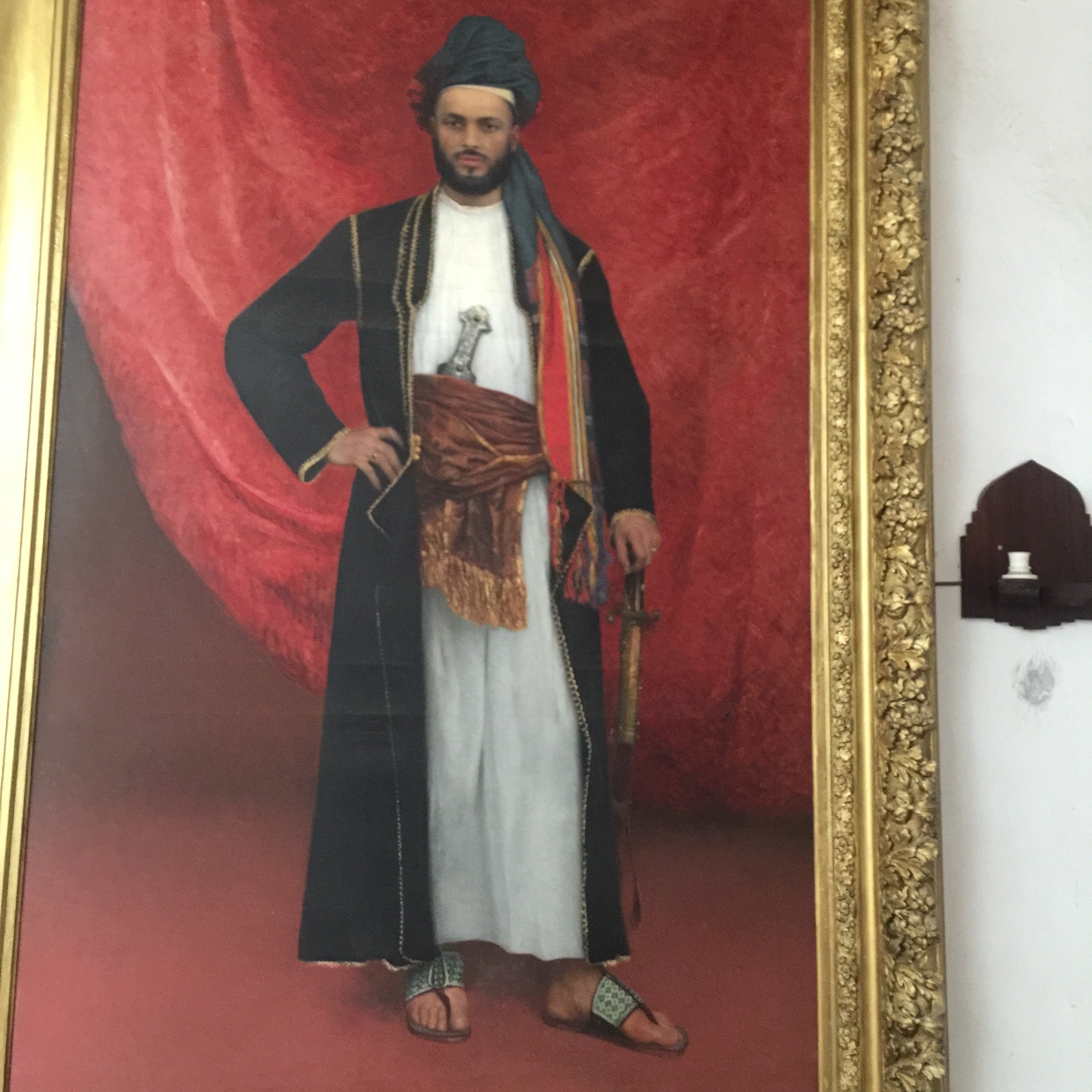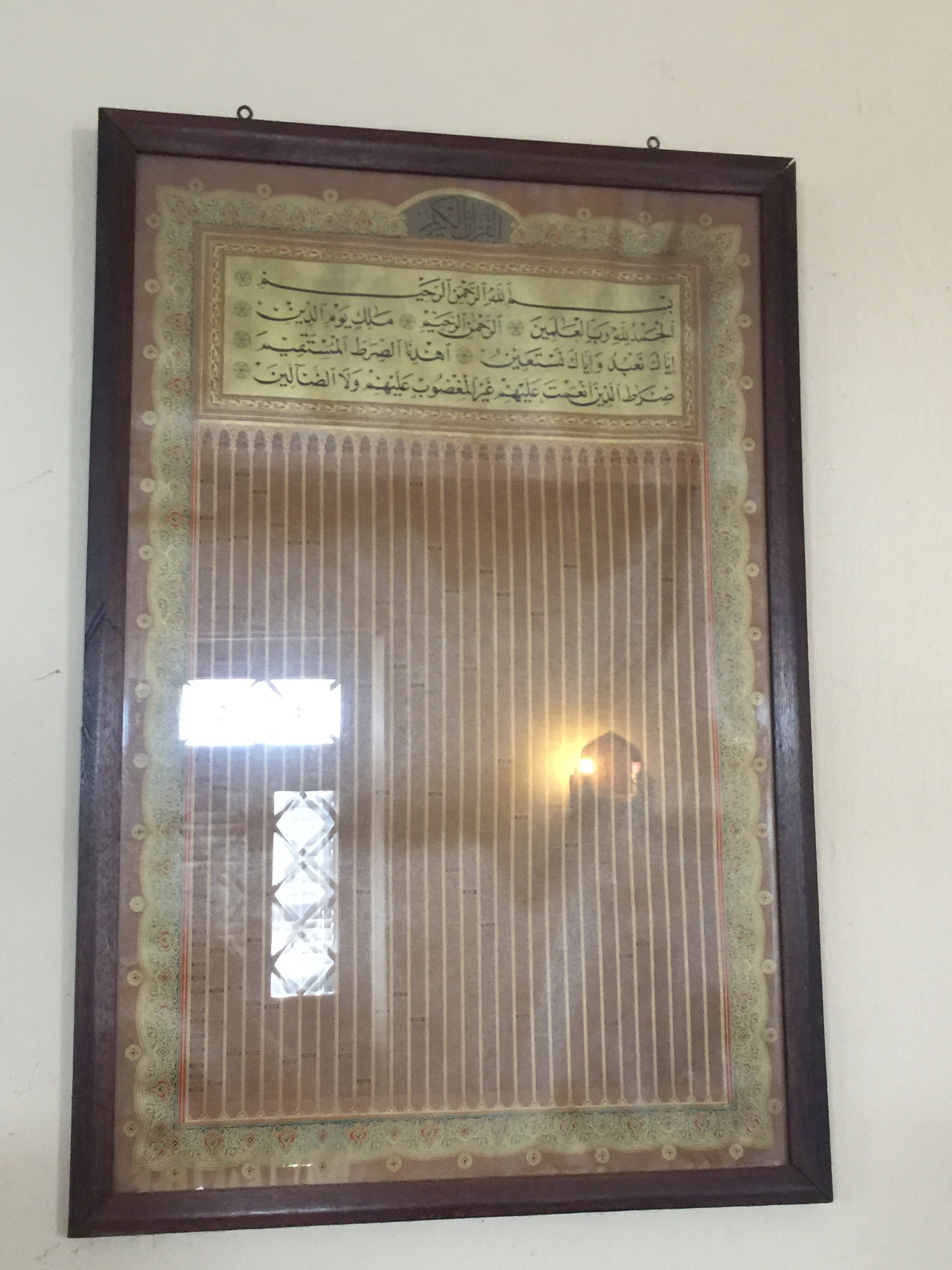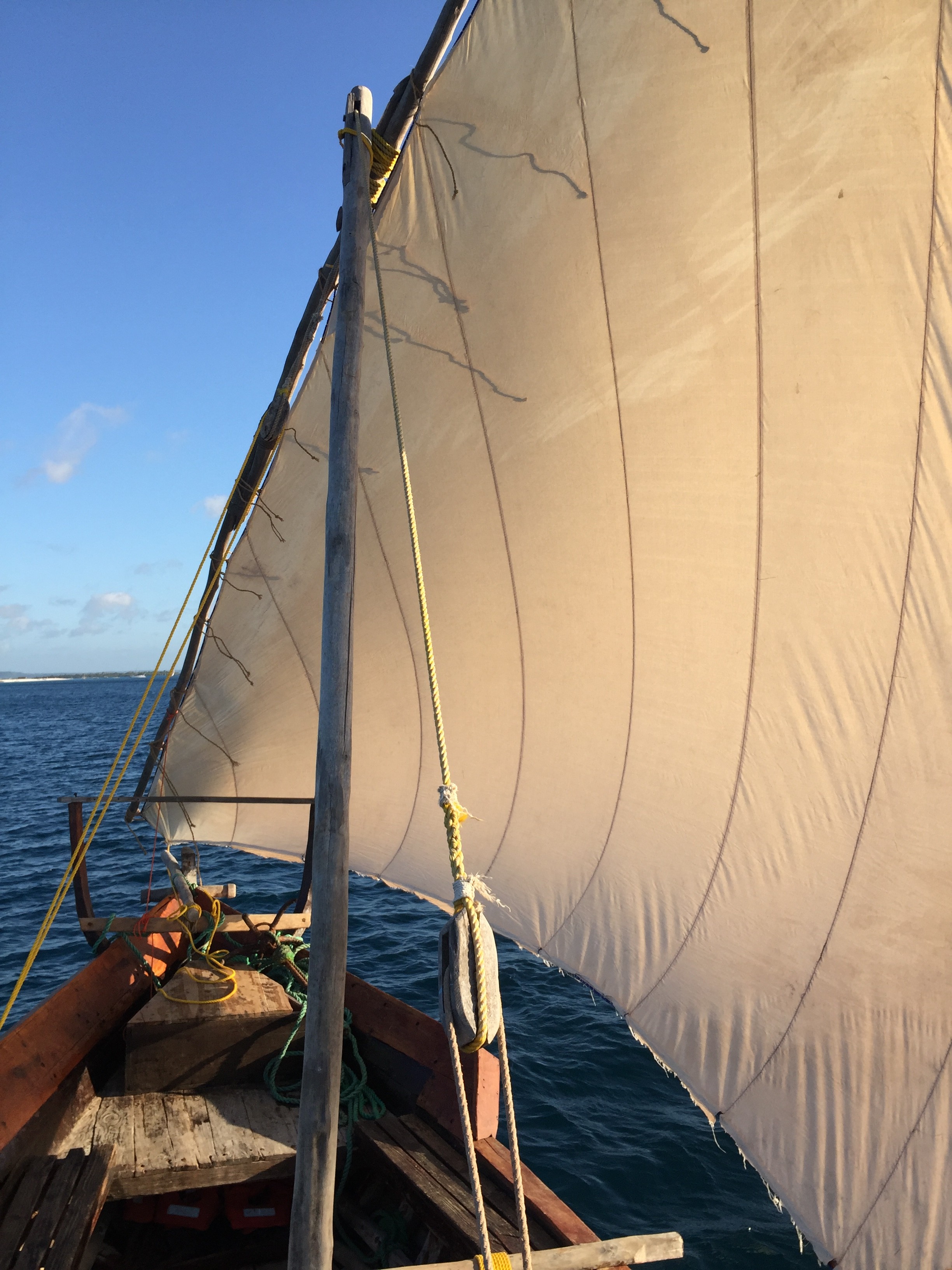Zanzibar. Even the name sounds exotic. Zanzibar is actually an archipelago of islands (I won’t tell you the name of the main island we are staying on — you would never remember it and it doesn’t sound nearly as cool as Zzzzzanzibar!) — a few inhabited, a few more being developed for tourism, and some tiny and uninhabited. I will come back and talk about tourism later, as it is Zanzibar’s primary business and its future could be determined by its politics.
I really didn’t know much about Zanzibar (see, I really like saying it!) other than its traditional role as a trading port and its spice trade. It turns out that they have had a very complicated history with a variety of players, including Europe (some Portugal and a lot of Great Britain) and Arab countries (primarily Oman (in part supported by the British), but also others). India, while never in power, has also played an influential role in Zanzibar. You could read a lot about the history, but the three key things I take away are: (1) Oman played a key role in Zanzibar’s history and, in fact there was a sultanate here for over a century with full diplomatic relations with the US, Europe, etc. (in fact, at least one of the sultans ruled all of Oman from Zanzibar — of course this is before oil was discovered there); (2) the African independence movement that ejected the Omanis went down so poorly that under the threat of an Omani military invasion, the newly independent government of Zanzibar was forced to propose “marriage” to Tanganyika on the African mainland — creating the new Tanzania; and (3) history from that point has not really resolved Zanzibar’s future regarding separation from Tanzania or not, whether to allow more influence by the Arabs (who are dangling lots of money and goodies), or just how democratic they really want to be. In this stew there are the formation and consolidation of lots of political parties, an untold number of referendums, power grabs and shady deals, and irregular/withdrawn elections. To keep it simple, today there is a ruling party and an opposition party. Both sides accuse the other of corruption, shady deal making, and election violations. For the past two days, we have had two drivers — one from the ruling party and one from the opposition party. Given a discussion of the same set of facts, you could not get further apart in terms of causal factors, the relative goodness of their party and the badness of the other party, and the impending disasters if either the ruling party stays in power or is replaced by the opposition party. This now brings me back to tourism. The opposition party says that tourism won’t grow because they aren’t investing in needed infrastructure, are lining their pockets, and can’t get external money since the EU, the UN, and others believe the last election was fraudulent. The ruling party, on the other hand, believes that the opposition party is just trying to throw the doors wide open to Arab investment and influence — which is a precursor to establishing Sharia Law that will surely dry up business. I should note that Zanzibar is about 80% Muslim, but from what I can see, the Muslims (majority Sunni, some Shia, and two small sects of Indian Muslims) are neither of a single mind or a single party. There is a lot of fear mongering going on out there (kinda like our impending election!). Thanks for reading all that — it actually helped me clear up my own thinking and it is important to know to understand Zanzibar. So, let’s get on with it!
First of all, I got to be the copilot for our trip over from Arusha, Tanzania. Our pilot, Archie, was very chatty and told me a lot about his life as a pilot, his angry Greek boss (according to Archie, all Greeks are angry), and his experience surrounding the visit of President Obama and the whole Secret Service drill therein. It really made the 1.5 hour flight go fast and, given Deb’s admonition, I did not touch any buttons (although I did tap a few gauges). After passing through the airport, we had a 1.5 hour drive to the northwest side of the island where our resort was. People drive like mad, zipping in and out of traffic, at times three abreast. That wouldn’t be so bad except for the myriad of bicycles, motorbikes, oxcarts, and pedestrians that are also trying to use the road. The good news is that the roads are well paved, meaning you don’t have to add dodging potholes into the mix. The drive actually reminded me of rural Mexico quite a bit — small, single or double stories block houses, lots of small villages, all types of fixed and impromptu markets and lots of people getting around on every conveyance known to man. The obvious difference is the women and girls were dressed in abaya — multicolored robes and head scarves. Most women don’t wear the face covering veil (it isn’t required) and the running joke is that those who do are trying to hide their identities so they can be rude/shrill and not be recognized. For the sake of full and open disclosure, it was a guy that told me this… After bumping down a long dirt road, we ended up at the resort — a total of 15 “mini compounds” with a main pavilion that houses the bedroom and a separate one that is the bathroom. The compounds are widely separated and very private, so after a while you aren’t too worried about running around showing your shiny heinie! There is a main lodge where there is a bar, restaurant, and spa, but you can actually take all your meals in your compound. We have a couple of newlywed couples who are doing just that. I sure hope they aren’t getting bored… Given that this is primarily a “relax the back” interlude, we are spending most of our time around the resort.
The resort is on a beautiful bay, with powder white beaches and the warm waters of the Indian Ocean. No beaches are private here (as in Mexico) and we are adjacent to a fishing village that is partially subsidized by the resort, both to be a good neighbor and to ensure an endless supply of of “just off the boat” fresh seafood. The fishing boats run the gamut from sailing vessels called dhows to dug out canoes. The tidal shift here is large and fast. Consequently, two times a day the boats go out and we can get in the water, and two times a day the boats (and we) are beached. One day, we decided to walk up the beach to see some the other resorts and the wide beaches. The challenge, of course, was running the gauntlet of vendors with colorful names such as Captain Tiger who are trying to sell you tours, miscellaneous swag, and even tanzanite wrapped in tissue paper in a match box (that look suspiciously like cut glass) for a “really good price!” Beyond that we watched the women and girls, their robes awash in the water, harvesting clams and seaweed (that is exported to China). It is easy to laze the day away watching this.
An amazing thing at the resort is the food. You can order of the menu or request pretty much anything you can think of. Because of their relationship with the local village, there is an endless supply of “just off the boat” fresh seafood. And, if you don’t like schlepping the 100+ yards to the restaurant, your butler will deliver the food to your compound. Our butler, Halfan, was an amazingly attentive man who was also very friendly. I told him that he looked amazingly like George Benson. He seemed pretty pleased with that! One one evening, Deb and I were treated to a cooking class by Chef’s Adrian and Steven. With all the local seafood and spices, we were able to whip up some tasty dishes!
One day, however, we took a tour of a local spice farm and the old city of Stone Town. Our tour guide was a bit of an imp with a really dry sense of humor. At the spice farm, we had a bit of a running test — smelling these leave and tasting those berries and trying to guess what plant it was. Of course our guide set us up (“Here, try these tiny berries, they are very sweet” only to find out they were green peppercorns. Zanzibar’s main spice exports are cloves, cinnamon, and cardamom, but they also grow a lot of varieties for local use. One of the local guides also walked with us, incrementally creating wardrobes for us out of palm fronds. We also saw of of their coconut pickers scale a palm tree all the while singing Hakuna Matata. He had an absolutely amazing voice.
The second part of the day was spent in Stone Town, the original capital of Zanzibar. So let me get this out of the way — Stone Town was pretty gritty and run down. There are some lovely old buildings of various architectural styles (including the “palaces” that housed the sultans that have gone to seed. Our guide said they do preservation, not restoration. I would say that is the understatement of the year! But, to us, the bones are good and the history interesting. With a little TLC, Stone Town could be an amazing place to visit. As it is, it is a bit hard to recommend. The bits that have been restored have generally involved outside money, to include Freddie Mercury’s childhood home (yeah, it was a surprise to me too!) that is now a hotel and the complex that housed Zanzibar’s thriving slave market. To those of us in the US, we have learned a lot about the West African slave market, but little (or none) about the East African market. It was every bit as brutal, lasted much longer despite frequent efforts by the British to put a stop to it (not so much for the Omanis who were in power at the time), and the reconciliation and repatriation much less complete. It was pretty dismal. I asked our guide if he believed in ghosts and he he did. I asked him if anyone that stayed in the guest house of today that sits over the dungeon of yesterday ever felt ghostly presence and he said they did. The only other mention about Stone Town was that people seemed less happy to see us than the surrounding areas. Perhaps it is because they think we are invading their home or maybe for some other reason entirely. Having that feeling in the crowded, narrow alleyways of the old city was not the most comfortable thing however.
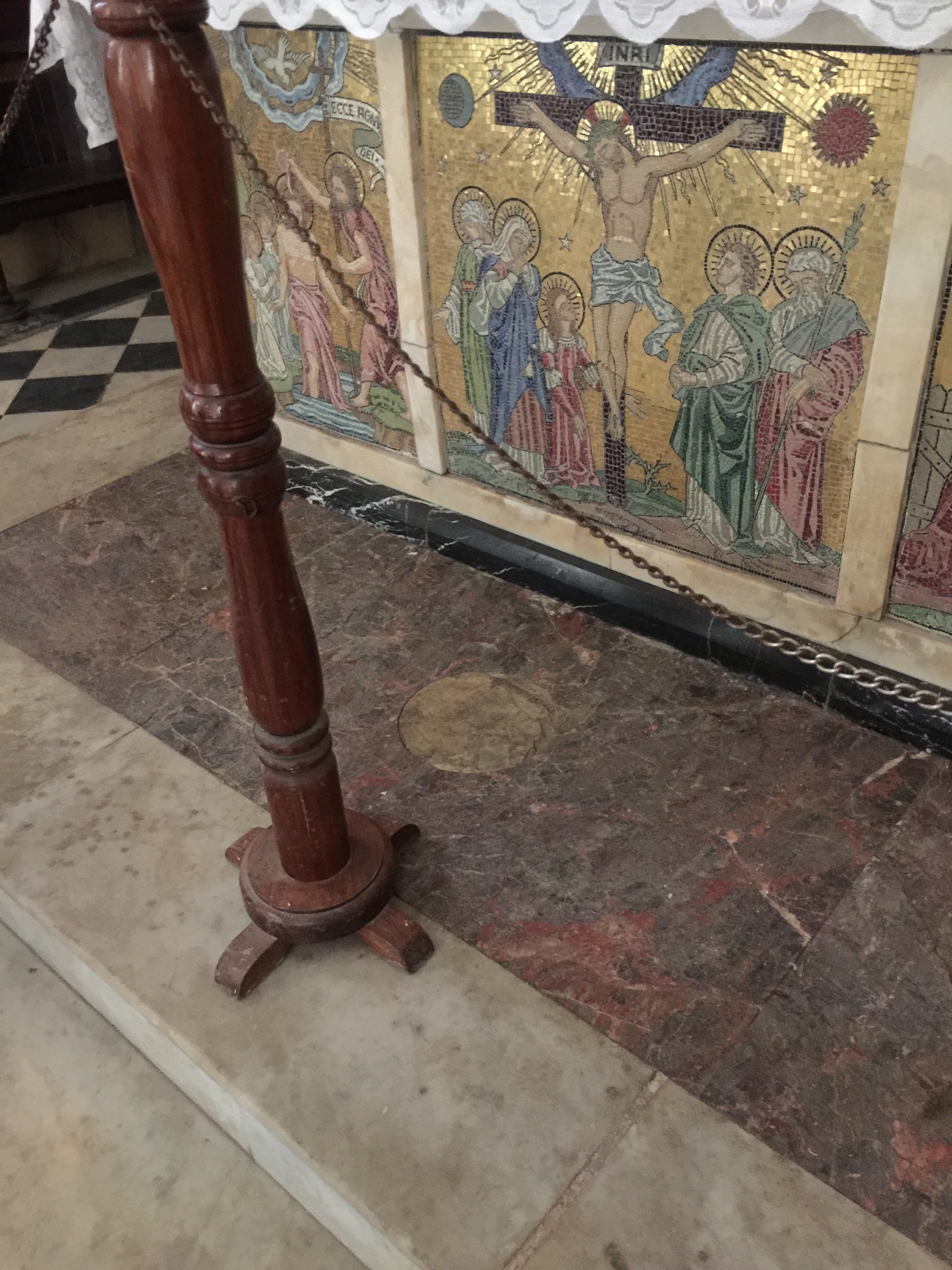


To finish out our holiday, we took a sunset dhow cruise and enjoyed another massage. Overall, our visit accomplished its purpose– relaxing after the safari. The beaches are beautiful, the resort was amazing, the people were generally friendly, and it was great to learn about their history, culture, and economy. I think they have some things to sort out before they can become a major tourist destination like the Seychelles or Maldives (recognizing that we have been to neither). Perhaps we will come back some time in the future just to see what happens next.
Next stop — Arusha to meet our friends and prepare to put our latest adventure to bed!
